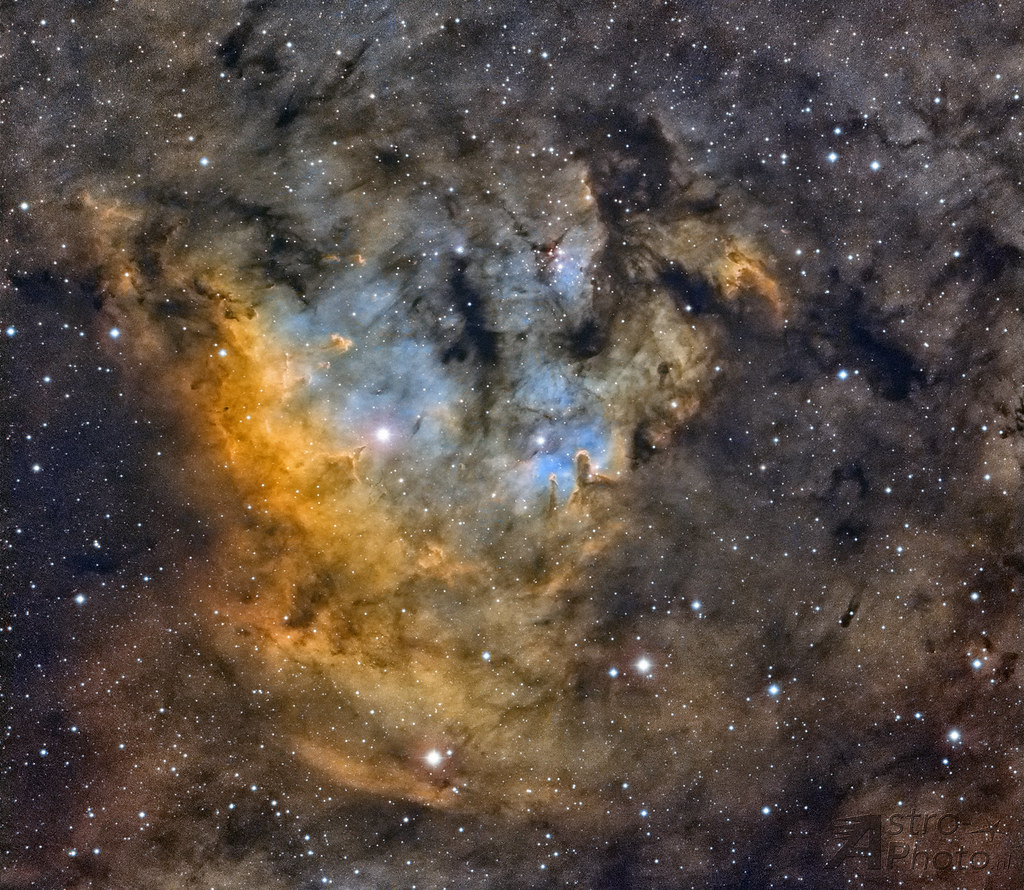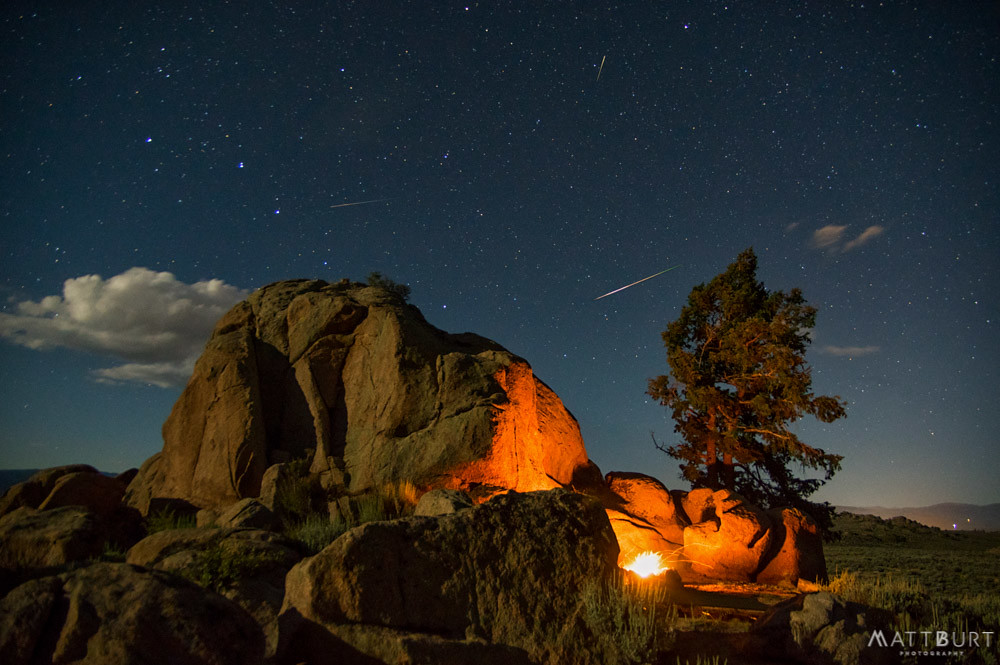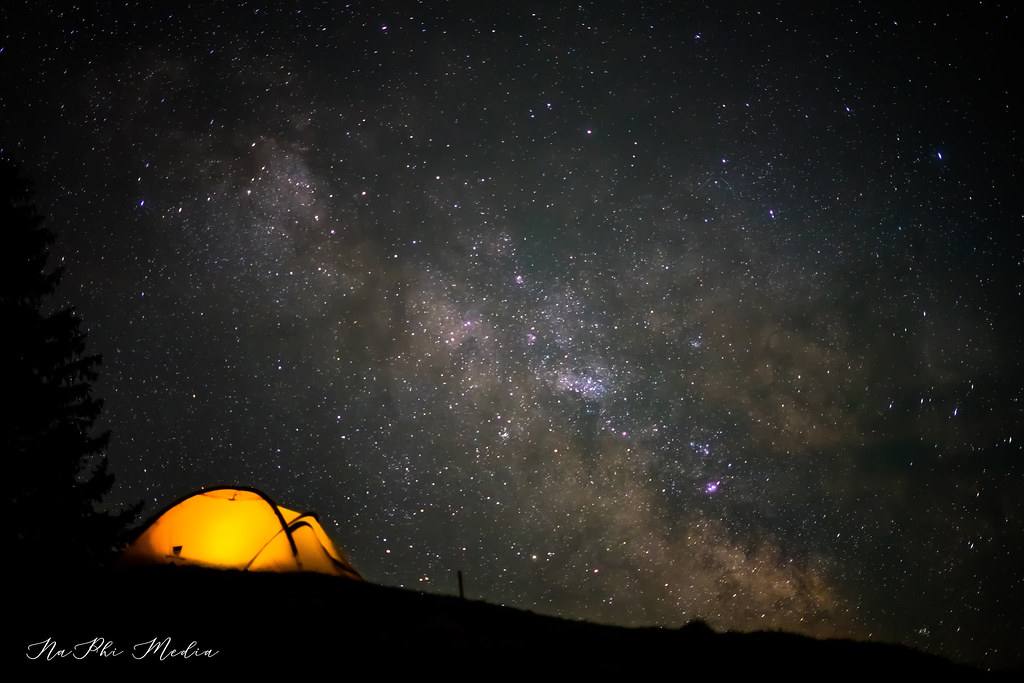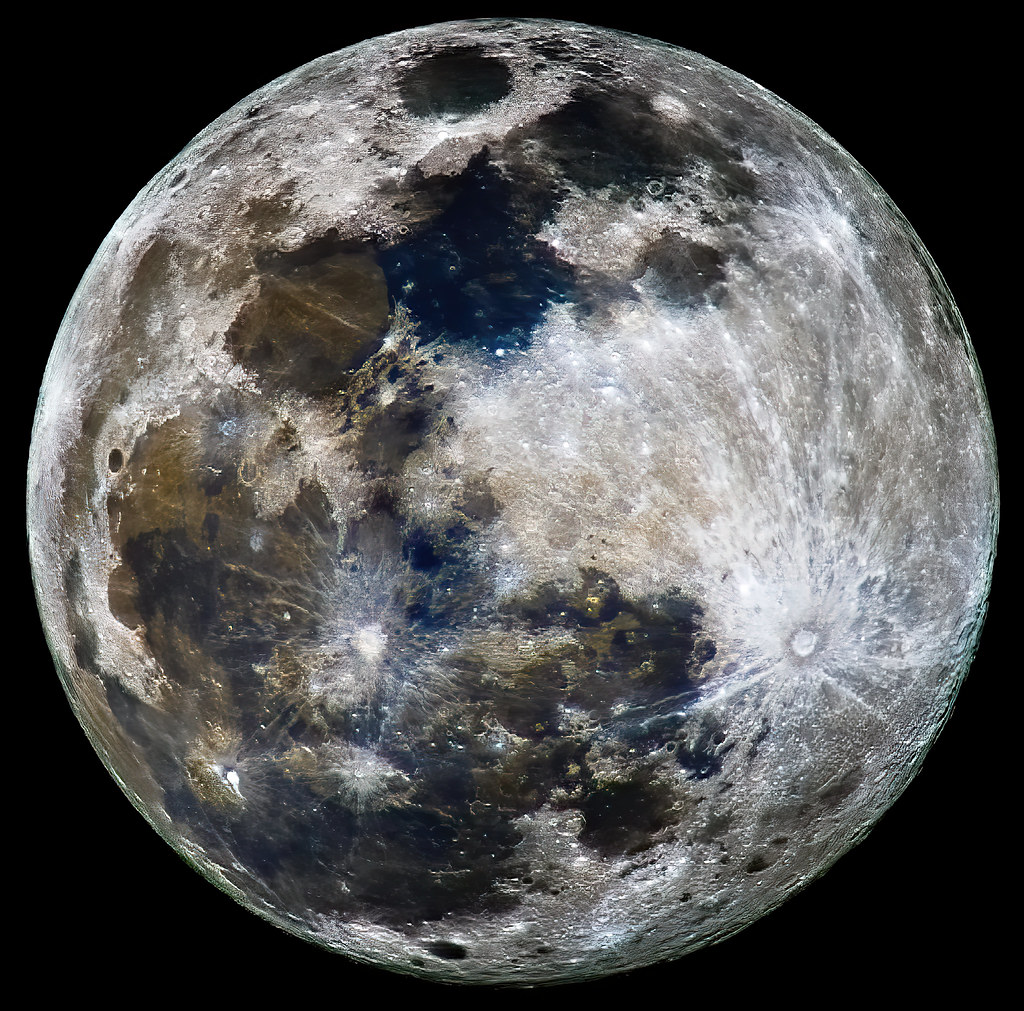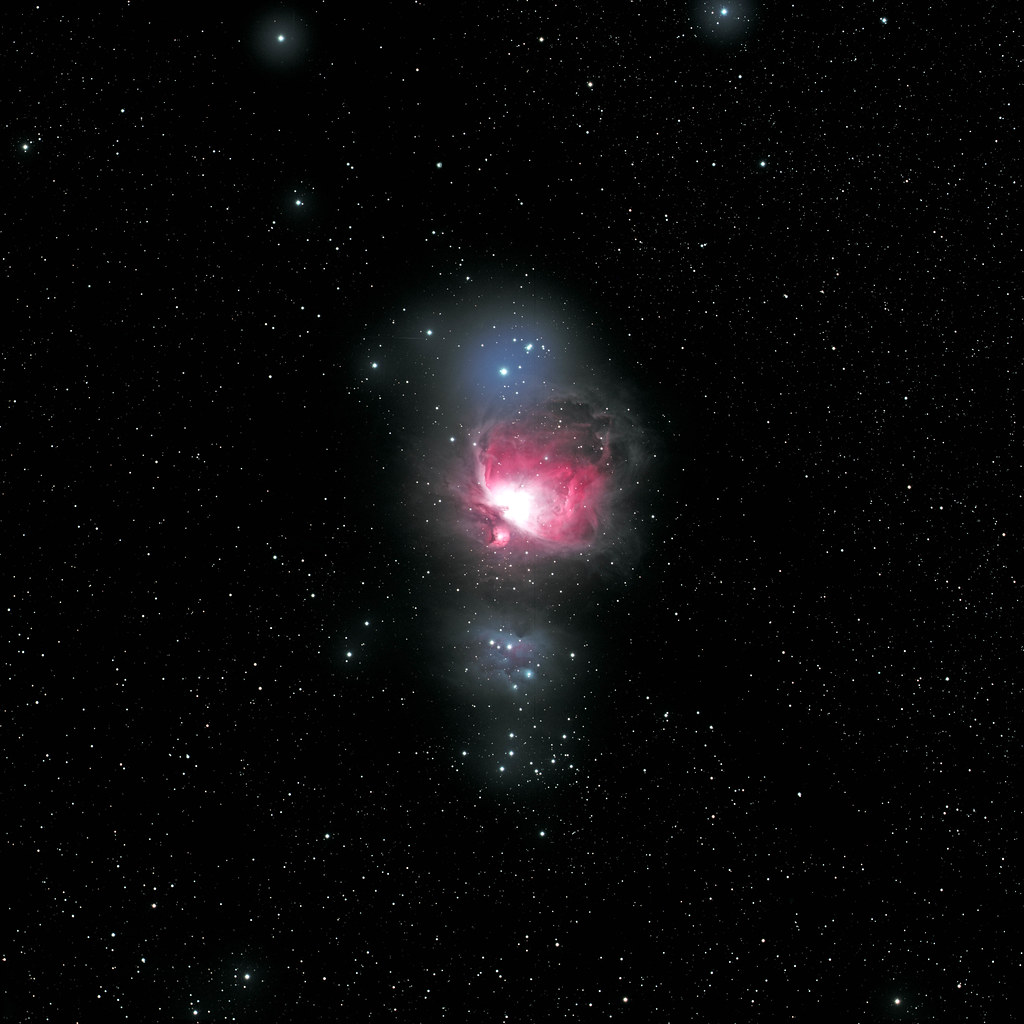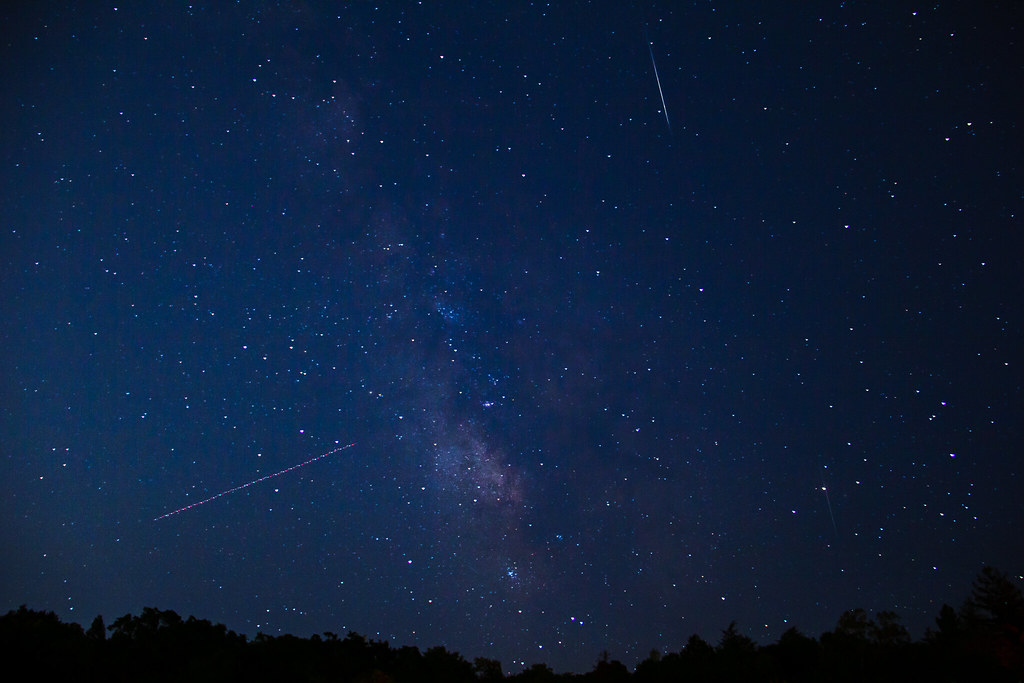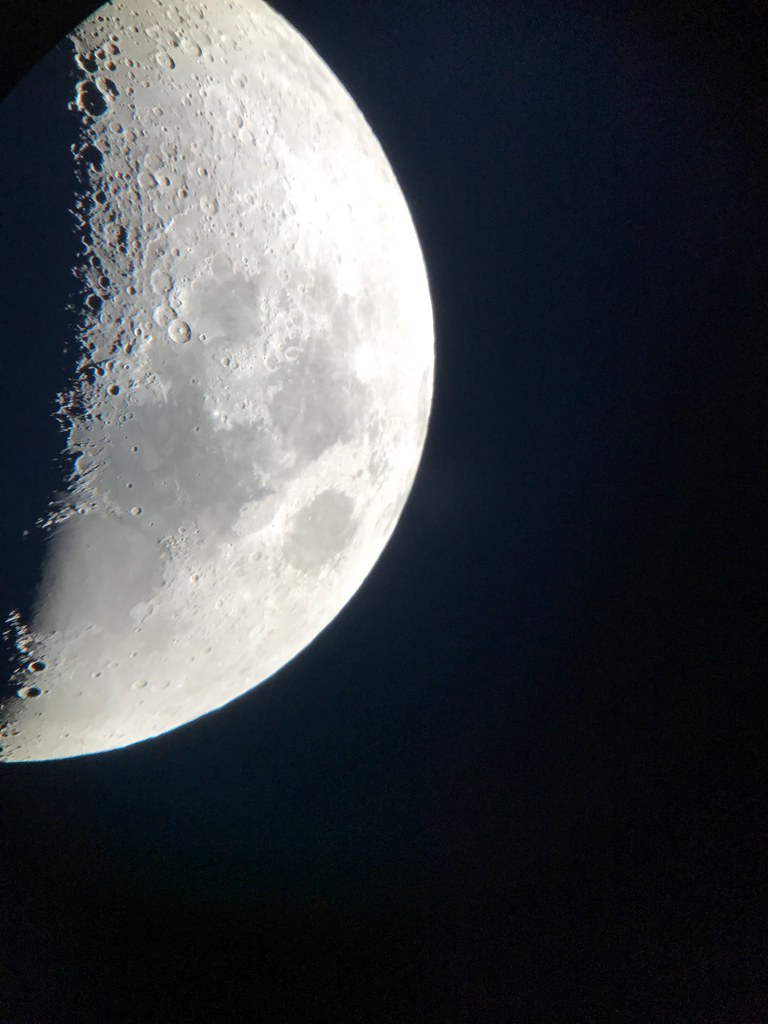As the Perseid meteors went by, we asked Flickr members to share their favorite astrophotography captures and what tips they would give to folks taking their first attempts at photographing the sky. Here are their suggestions and photos to inspire your next photo of the stars, moon, or cosmos. If you have a question or a tip related to astrophotography, join the conversation here.
Nine tips to try on your next astrophotography shoot
1. “My biggest advice is never give up. Astrophotography can be hard sometimes and not all results will always be as expected, but perseverance will certainly bring you great results! One of the most important things is good preparation. Don’t just try to take some quick images, but think about what you want to image and how. I’m talking about deep sky imaging now of course!” –Andre vd Hoeven
2. “Astrophotography takes planning and patience. I think the rewards are worth the effort, though.” –ClickFlash11
3. “My #1 tip is to take the time to travel the extra mile to get to those really dark skies. It’s always worth it! A close #2 is to consider the foreground carefully. It’s just as important as the sky.” –jimvajda
4. “My tip is to set the camera up (or a couple if you have them) in intervalometer mode and then just sleep nearby. I slept on a cot right there next to the fire this night. Then I could quickly get up to change batteries or do whatever might be needed.” –Matt_Burt
5. “Star trackers can really help get tack sharp imageS of stars.” –_Amritash_
6. “It’s all about the right timing! Especially when you want to take a picture of the Milky Way, you need to go outside during May to September (here in Europe). [Try] during the new moon (but you can also take cool shots when the moon is shining), between 21:00 and 02:00.” –NaPhi Media
7. “Have a sturdy tripod, remote release, and fast lens. And composition is still important. Dark skies are also a must.” –jason.betzner
8. “It doesn’t have to be a place free from light pollution. [The] outskirts of the city, shooting away from it will work nicely.” –Macro Cosmos Microscopy
9. “I think the number one thing to remember is to just get outside and take photos of the night sky. You don’t have to be all that familiar with the constellations to enjoy the beauty of a dark night. Play with the settings. Find an interesting foreground subject. Pose with the sky. Have fun.” –terrazoomer
Four photographers share how they capture the cosmos
- “This is the Supermoon of 2019. I shot this in my driveway in the heart of Silicon Valley, California. Yes, there was major light pollution but I was not intimidated! I was actually just testing a used lens I bought very cheap on Ebay…an old Sigma APO 500mm f/4.5. The camera was my old Sony NEX-6 APS-C with a smashed viewfinder on a cheap tripod. When I went to process it, I realized I had made enough test shots to be able to stack 17 of them. That reduced the noise sufficiently to allow major enhancement with Lightroom and tools from Topaz. Perhaps this will inspire you to try something similar.” –Chris_Michael
- “I’ve been struggling with the weather, work, along with my equipment (software side) this year. Thankfully for those cloudy nights, there is a service I use based in the Southern hemisphere, iTelescope. This is one of the first images I took using their equipment, it’s one of my favourite targets – M42 Orion Nebula.” –Matt’s photostream
- “Despite having close to no experience with astrophotography (and unsure how the nearby California fires would impact this experiment), I thought I’d give it a shot. I still caught some shooting stars and a glimpse of the Milky Way during the recent meteor showers. Here’s one of the first shots.” –Zia
- “So far my astro photos have been limited to the moon, either from distance or like this one, with the help of a telescope. This is something I want to practice and learn.” –moon.river70
